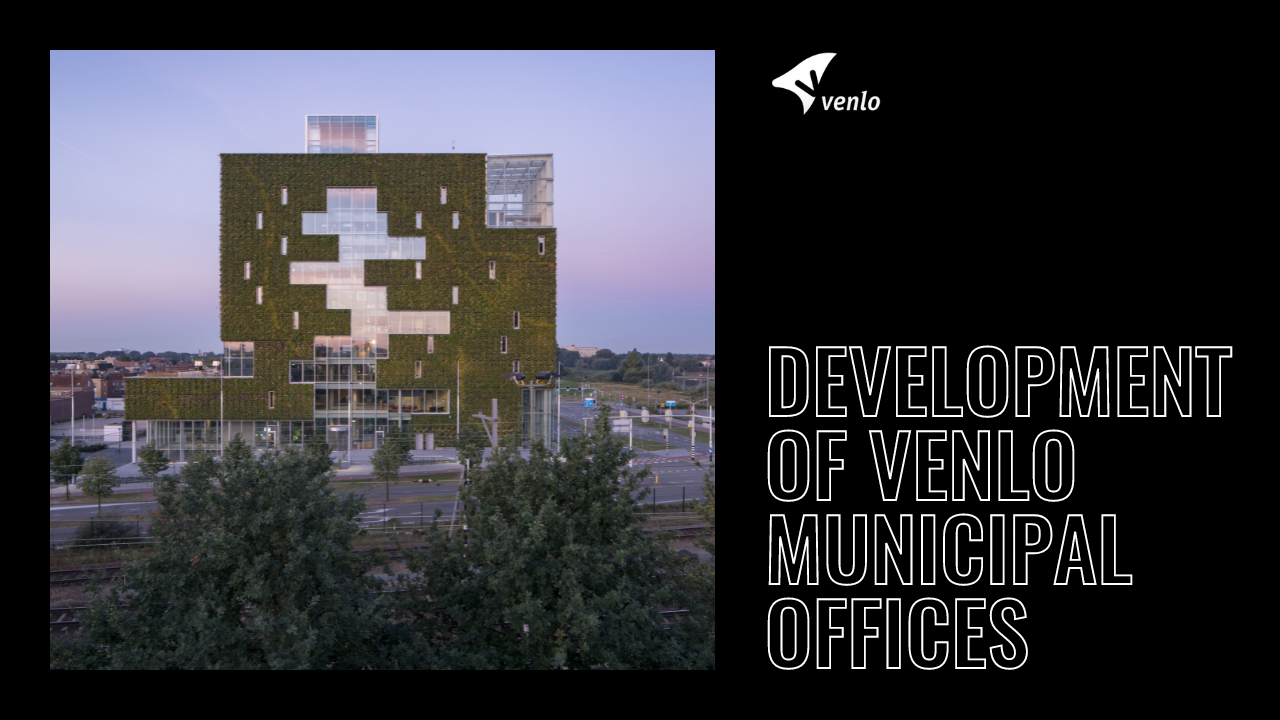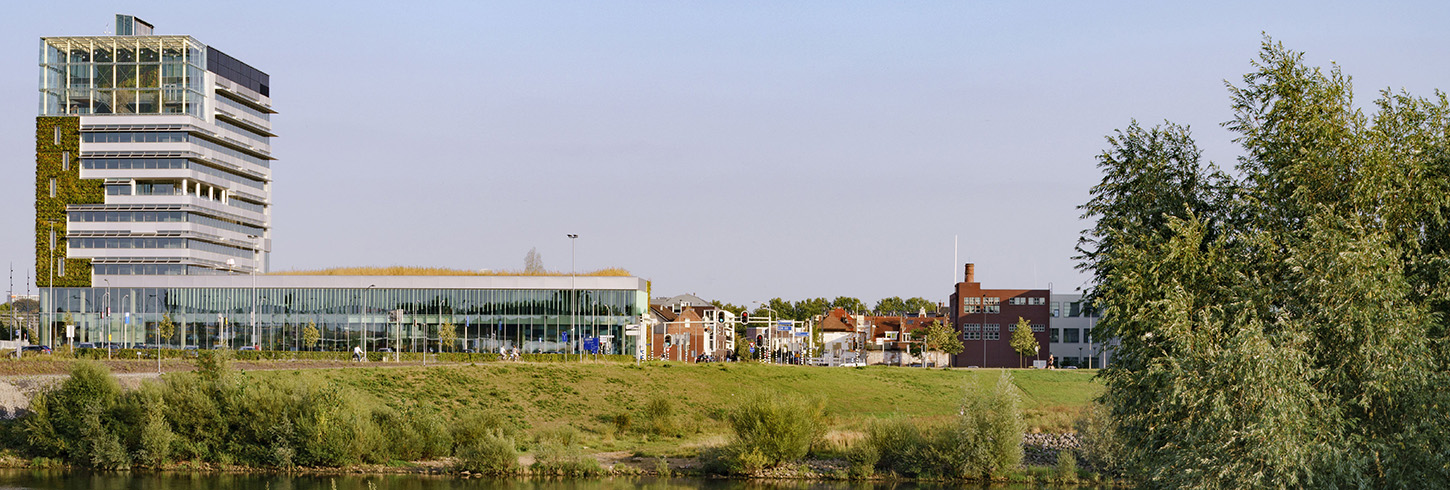

Municipality of Venlo, Netherlands
A sustainable spacefor human exchange
Case Study Overview
Case Study Overview
EFFICIENT, EFFECTIVE, FLEXIBLE & GREEN: HOW A CITY HALL BECOMES AN ARCHITECTURAL AND CULTURAL LANDMARK
Organisation: Municipal Government of Venlo
Location: Venlo, the Netherlands
Office Footprint: 13,500 sqm
Employees: 950+
Key Concept: Creating added value for people and the environment
Background and Aims
Background and Aims
A decision was made in 2009: Venlo City Council needed a new premises for its nearly 1,000 employees. Previously spread across various locations throughout the city, one central location would allow colleagues to be able to work together as much as possible. But that was not all: The city also wanted a working environment that would create sustainable added value for the people and be based on the cradle-to-cradle (C2C) principle. The intention was to benefit not only employees, but also citizens who should be able to rely on better service in the future. In addition, the new City Hall should also offer added value to its immediate surroundings.

The Challenge
In collaboration with Venlo City Council, we were faced with a challenging task: Namely, to define innovative ways of working together with the organisation, to reconcile multiple diverse needs and goals within a specific budget, and simultaneously to prepare and support our 1,000 employees for the upcoming transition process.
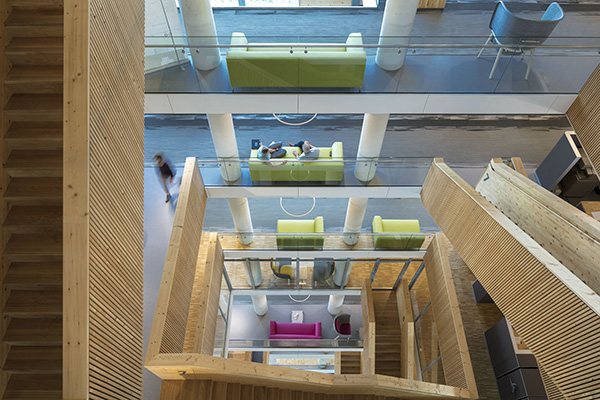
The Approach
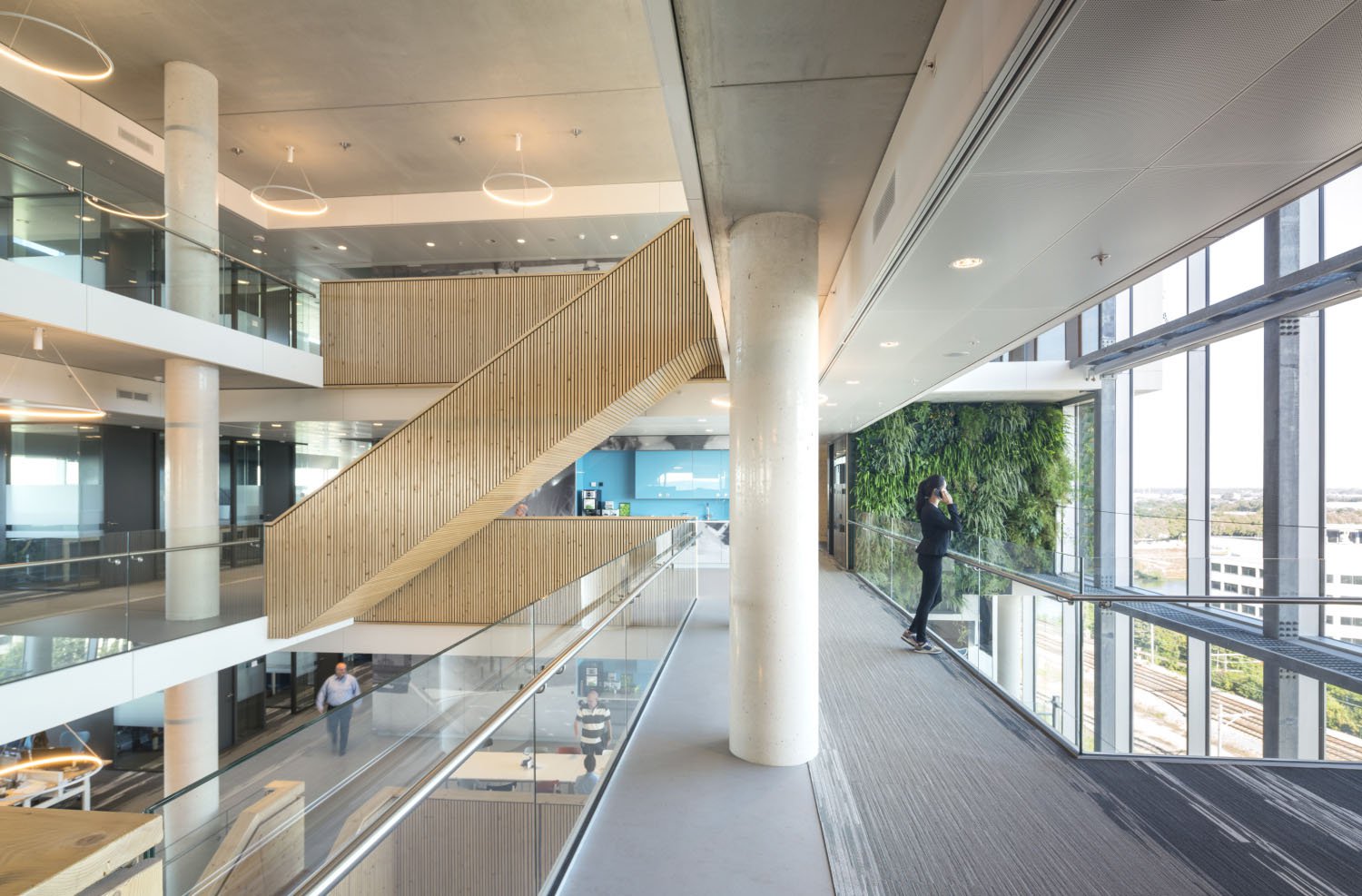
The Results
The City of Venlo not only has a new City Hall, but also a new landmark boasting an eye-catching green exterior. A meeting space has been created in which employees, citizens and all visitors feel equally at home. Due to the separation of front and back office, an open design citizen service area and an appointment system, not only do citizens feel genuinely welcome, but employees also benefit from more security and peace of mind. In line with the activity-based working concept, employees now have autonomy when deciding when, where and with whom they work. With rooms for targeted work projects, telephone booths, meeting rooms, common areas for informal exchange, ergonomic workplaces, a restaurant and much more, all employees can now choose the workplace that best supports their current work needs. This has resulted in an approach to work and a working environment that has not only increased employee satisfaction, but also made a significant contribution to making work processes within the organisation run faster and more efficiently – and all this in a far smaller building and, thanks to the C2C principles on which it is based, one of the healthiest in the country.
Specifically, the new building based on the C2C principles and the adoption of activity-based working has produced the following results:
+ Employee satisfaction has increased to 90%
+ Employees enjoy flexibility and a better work-life balance
+ More teamwork and better collaboration following the breaking down of departmental units
+ Reduction in sick days
+ Digitisation of administration and citizen services
+ Reduction of office space by 6,000 m2 through ABW
+ Energy consumption reduced by a third compared to the previous location
+ The building generates its own energy
+ The air in the building is cleaner than the outside air
+ The building absorbs 30% fine dust and CO2 within a radius of 500 m
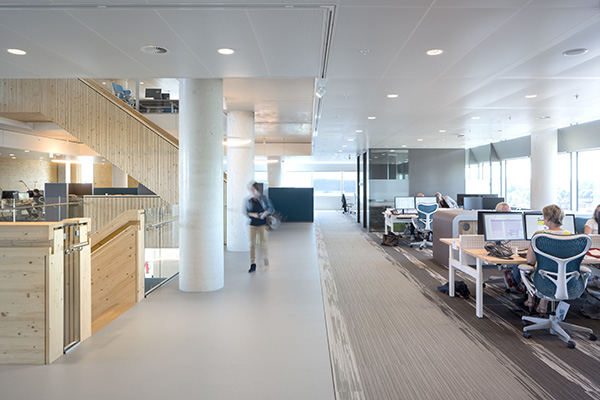
Take a Tour
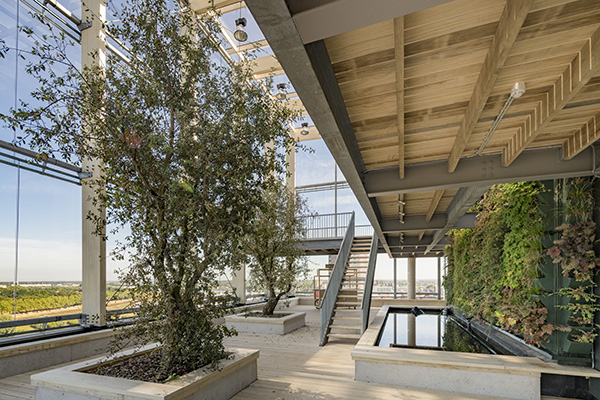
Take a virtual tour around the
municipality of Venlo offices
